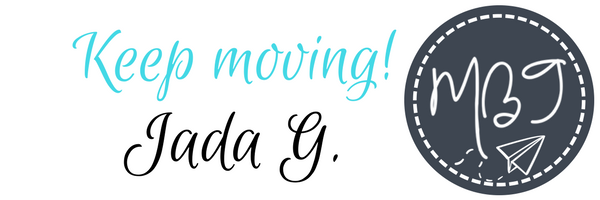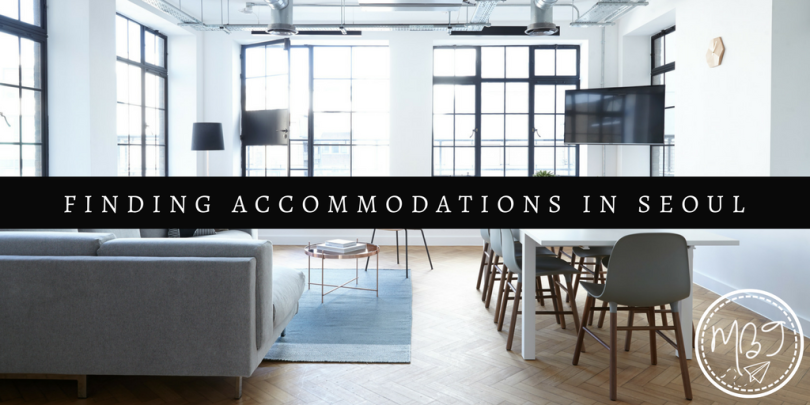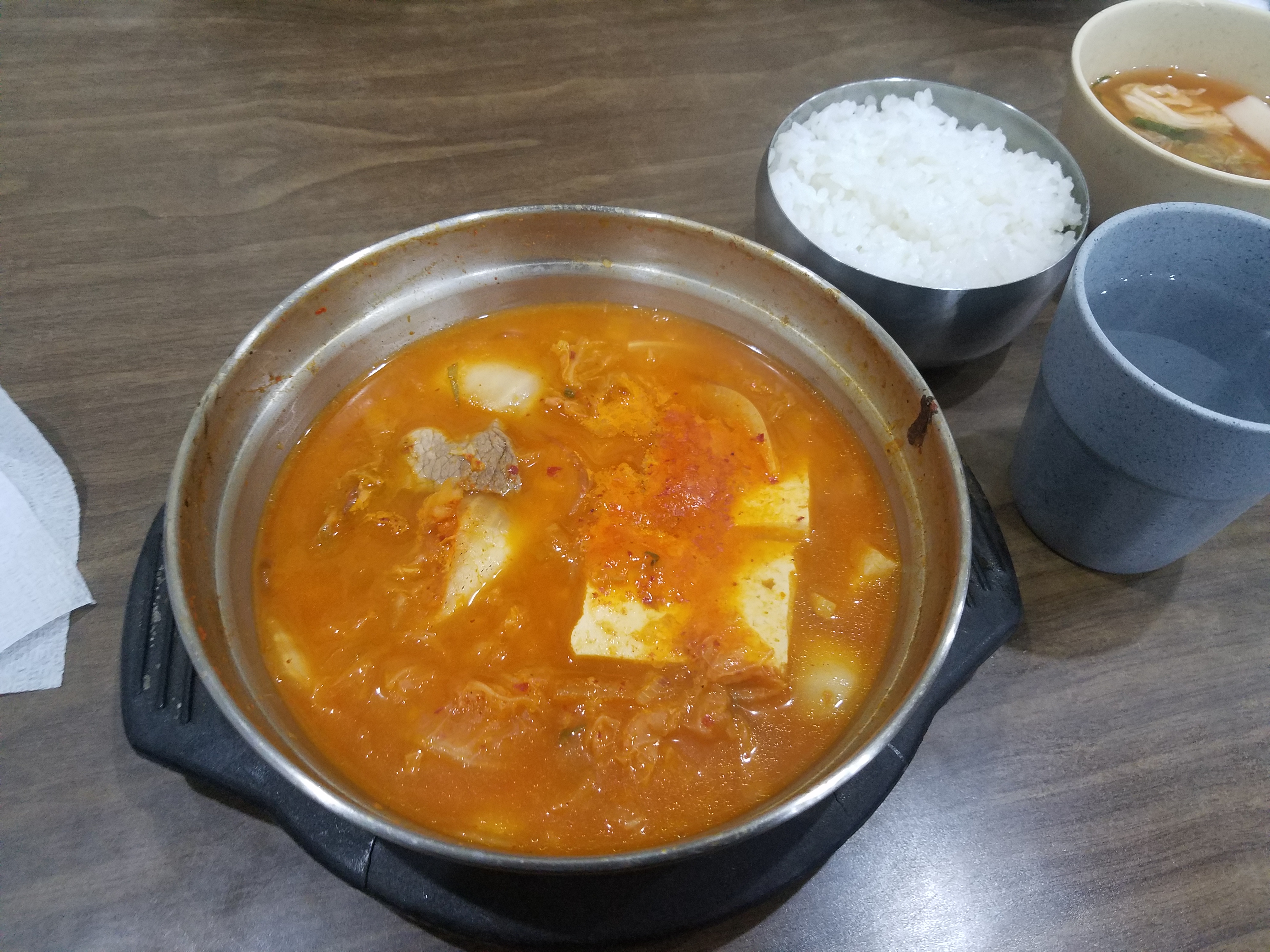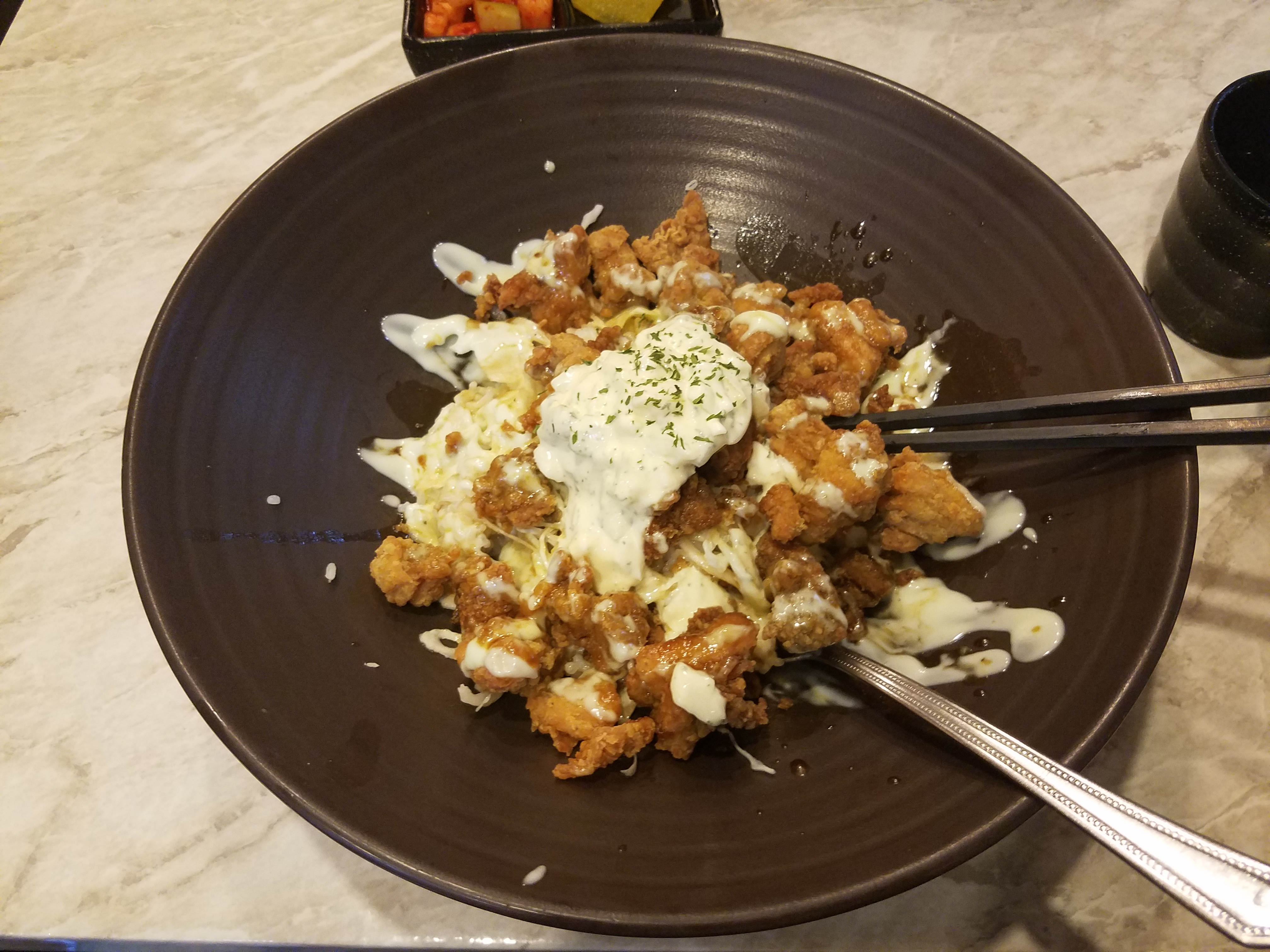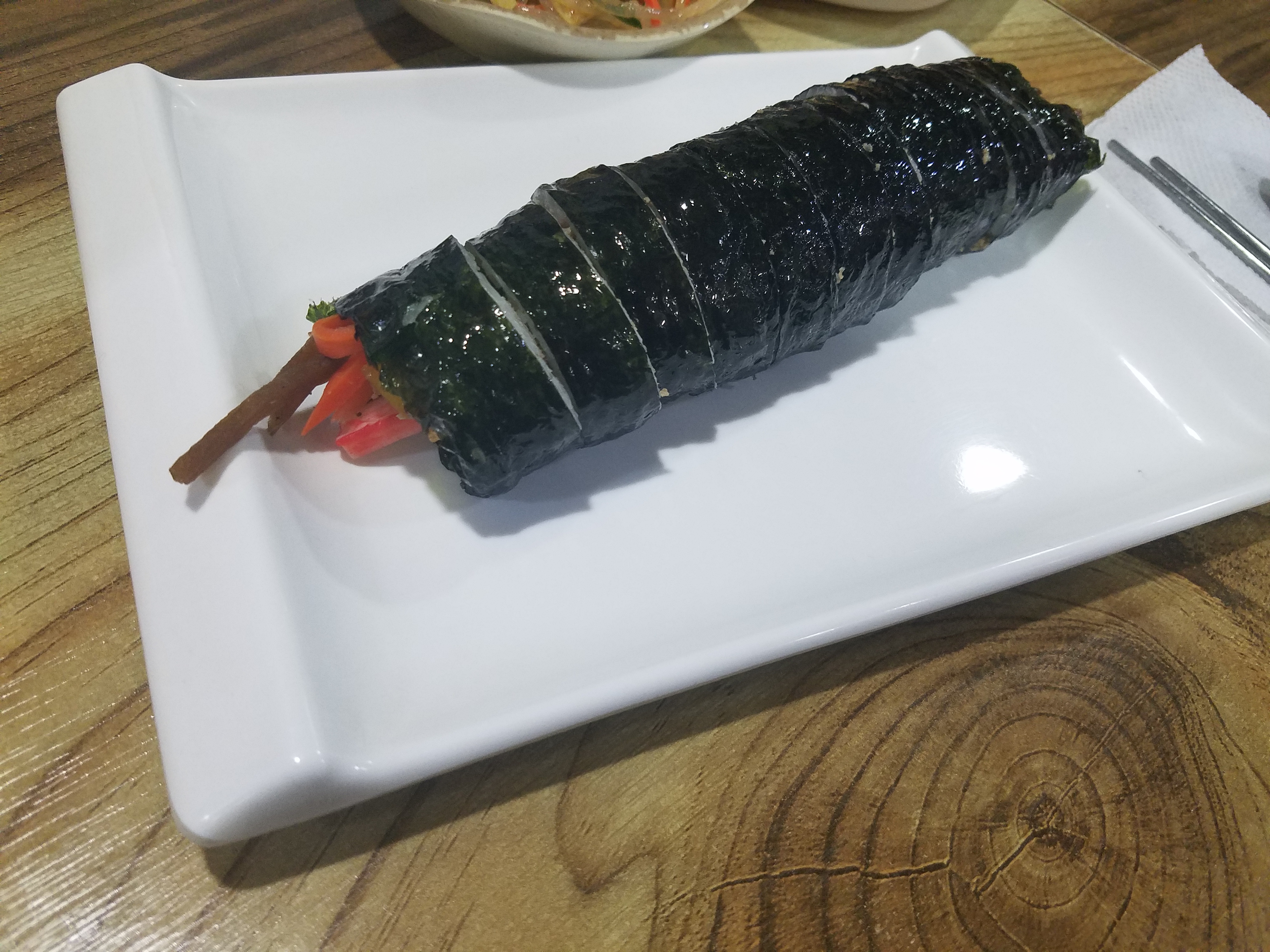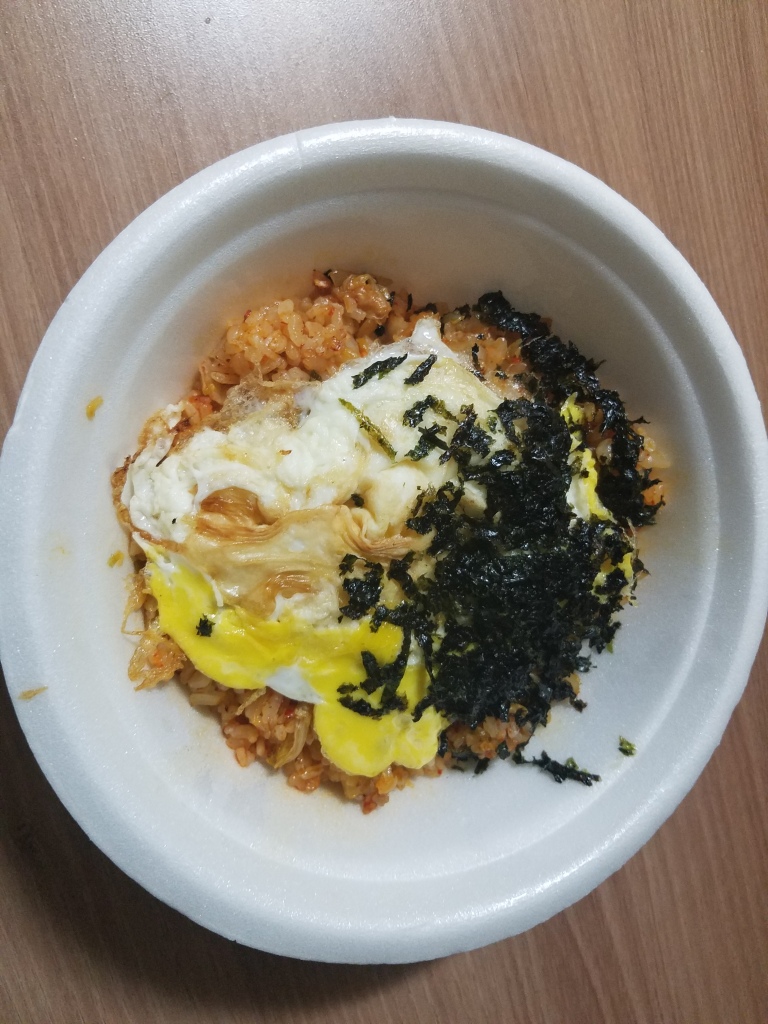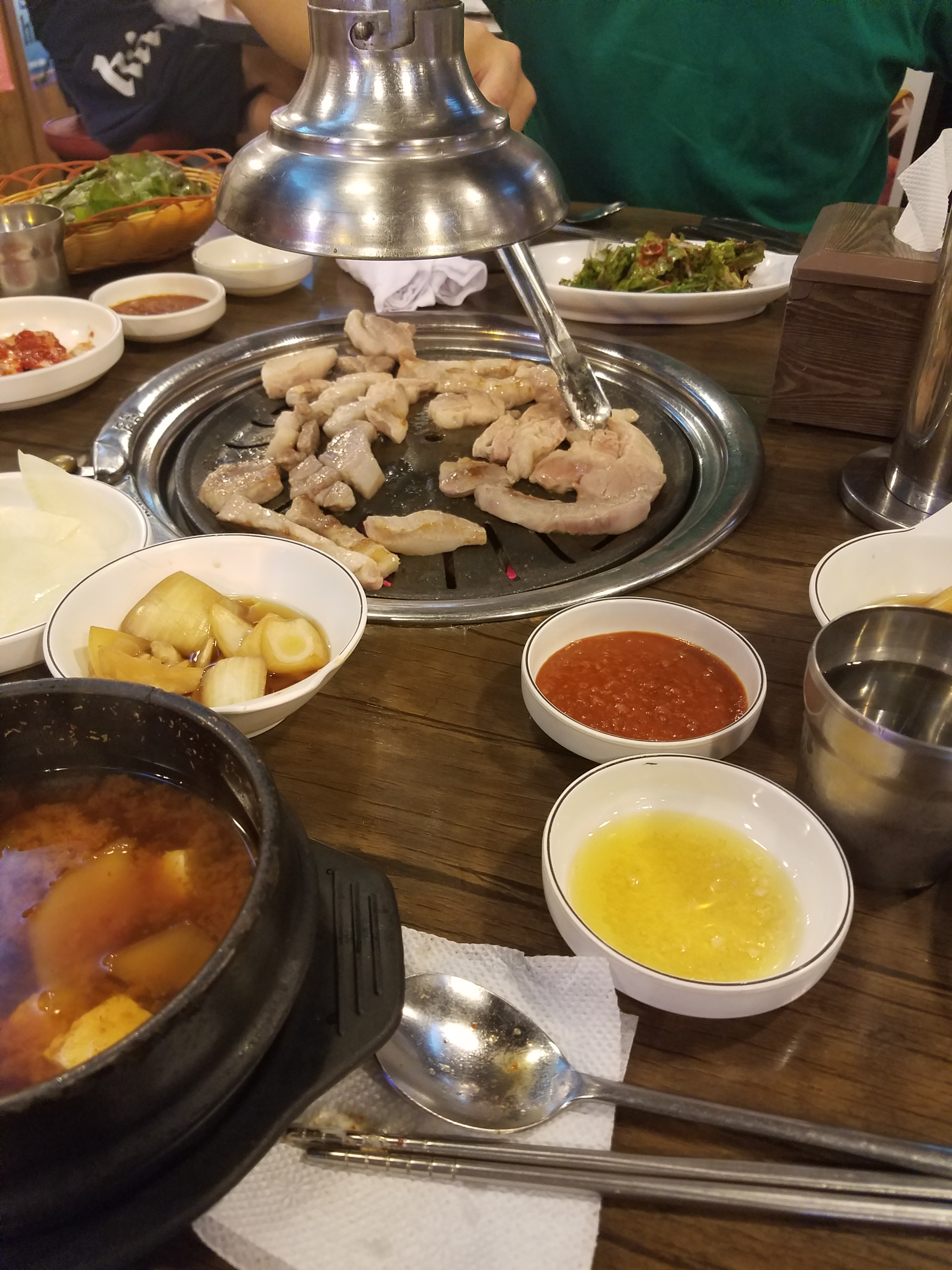Well, actually, I got two!
Months before arriving in Korea, I contacted a tattoo artist via Instagram. Actually – I contacted more than one. I wanted to understand normal pricing because the last thing I wanted was to ripped-off for being a foreigner. Quite honestly, in America, you are paying at minimum $60-$100 for a small one-inch tattoo. I figured if I went to Korea to get it done, not only would it be a good experience (not to mention my mom can’t kill me halfway across the world) but I hoped it would be less expensive.
After contacting many artists, it seemed the rates were about 100,000 KRW an hour. So, since I knew this base rate, I began to look for specific artists that intrigued my creative tastes. Therefore, I stumbled upon a page with the handle @dalgu_tattooer.
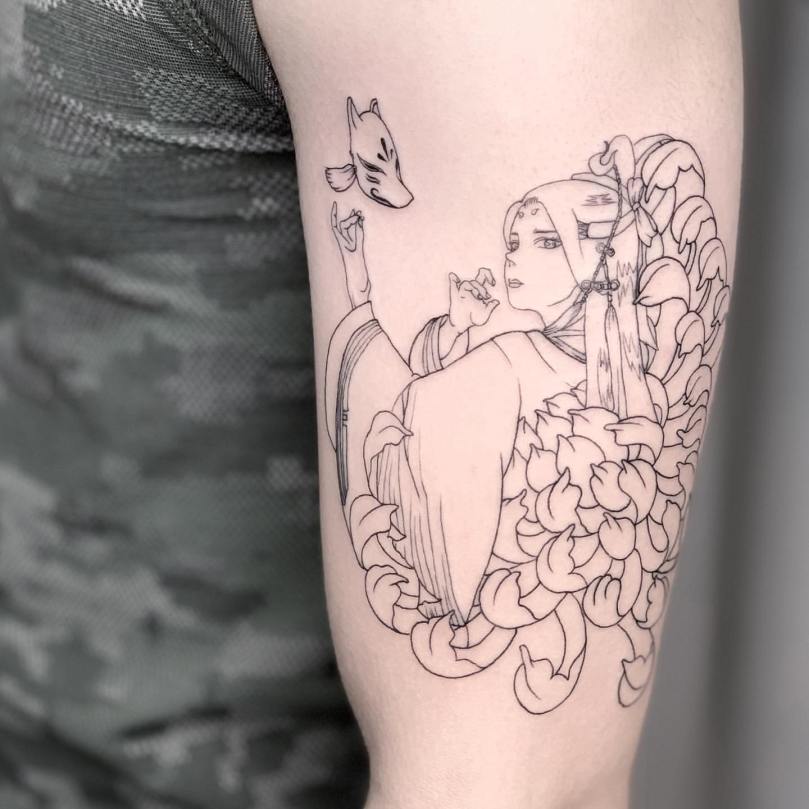
I DM’d the artist to see how pricing was and if they spoke English. A lovely artist named Maru, responded. Her English was exquisite and really helped me understand how getting a tattoo worked. Therefore, I asked for her Kakao and we began to get to know each other more. Through this connection we grew more like friends, therefore when I first met her, I already knew her well and we could have a good conversation.
I intended on only getting one tattoo when I met with the artists and so I only carried 139,000 KRW in cash with me to get one tattoo. My friend also came along, carrying 110,000 KRW. While I wanted to get two in one day, I knew I couldn’t because I didn’t have enough cash on hand. When we first arrived at the studio, it was a beautifully decorated apartment-style building with nice furniture and two adorable cats that played around your feet and slept. We were greeted with drinks and spoke about our ideas and wants for our tattoos, collectively speaking about where we wanted it, what size, and so on.
Even though I only brought enough money for one tattoo, Maru was an absolute sweetheart and convinced her teacher to give us a discount. My friend and I got one small and medium/larger tattoo for all the cash we took on hand. We enjoyed the company of Maru and her talented teacher so much that we even stayed and ate dinner with them – which was absolutely delicious if I may add and my first time ever eating 짜장면 (jjajangmyeon).
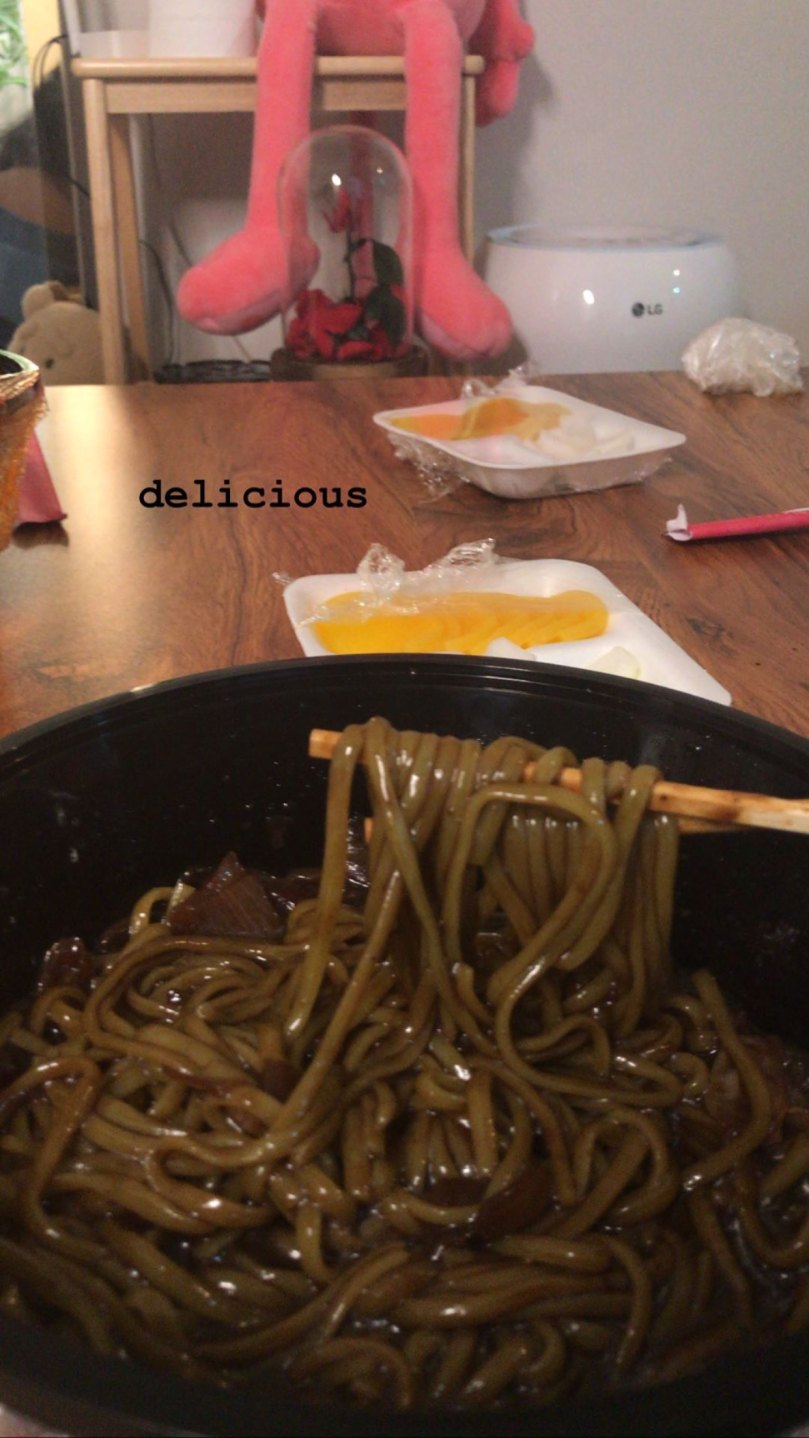
Even after getting our tattoos, we spent a lot of time talking and chatting with the artists. We ended up heading to the subway around 11:00 p.m. (Right when it closes!)
Scared we wouldn’t make it to the subway on time, Maru’s teacher offered to drive us and we, by the grace of God, made it just in time to find our way back home to Ewha University. I couldn’t be more grateful for my first tattoo experience – and I’m planning on getting a few more in the country with the studio before I head back to America!
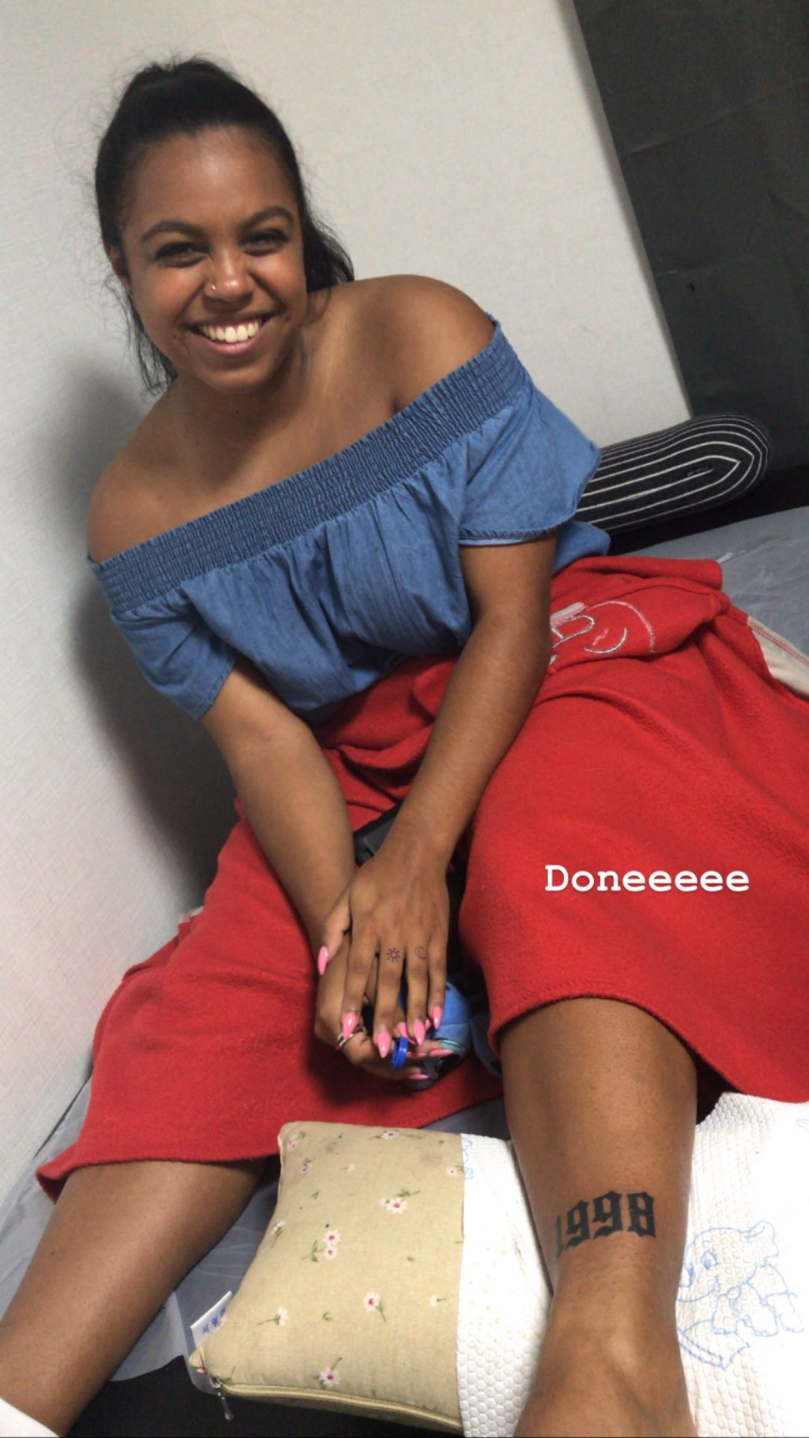
My friend: 1998 ankle tattoo and two hand-poked finger tattoos (sun and moon) on her middle and ring finger.


Me: Serpent inner pinky hand-poked and thigh tattoo that has my name paired below in hangul based off a picture I took during my friend’s birthday.
Overall this experience was one of my favorite so-far of being in South Korea. It allowed me to get something I’ve always wanted to (and might have been too nervous to do alone). If you are thinking about getting a tattoo – especially in a foreign country – just do it! At the end of the day, you will absolutely never regret getting a tattoo that embodies an experience.
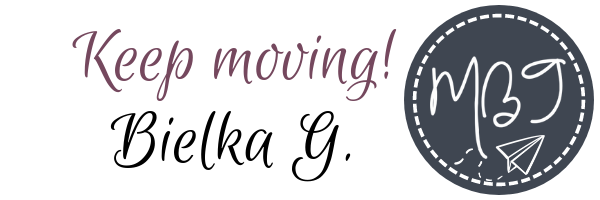


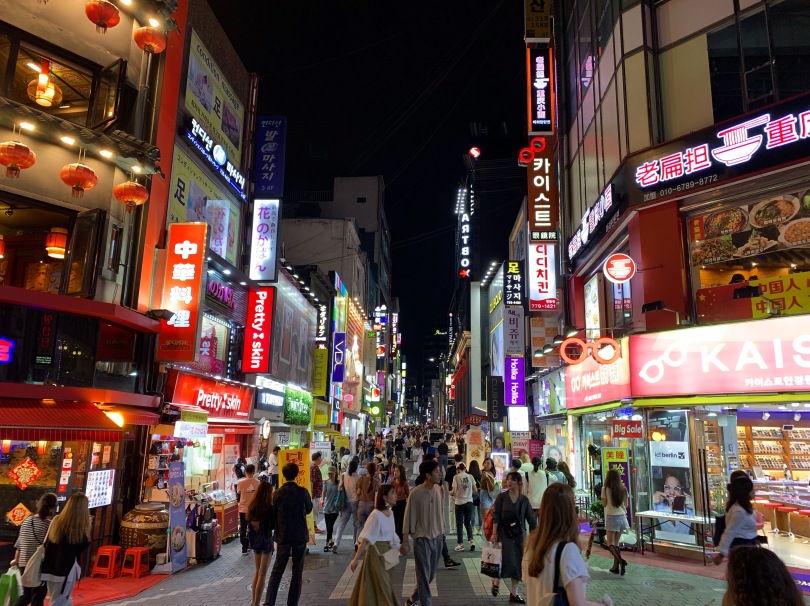



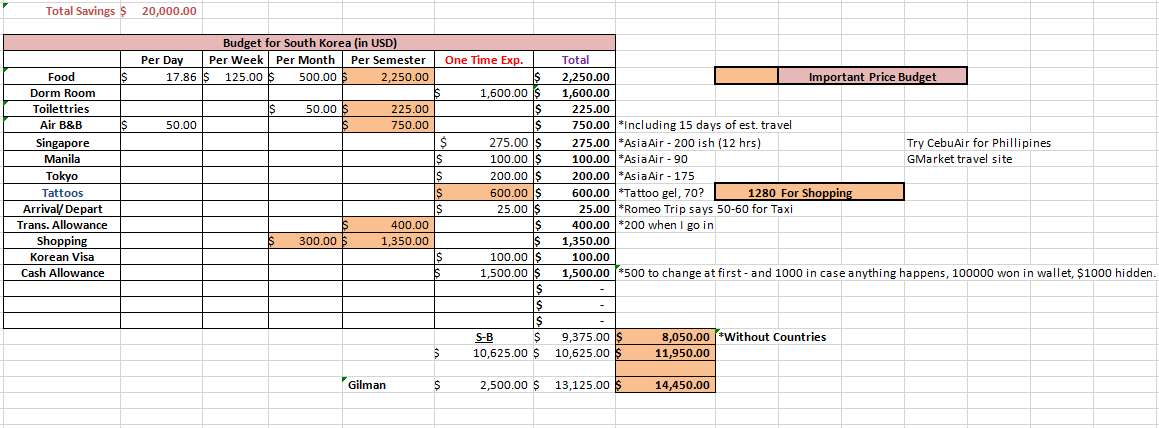
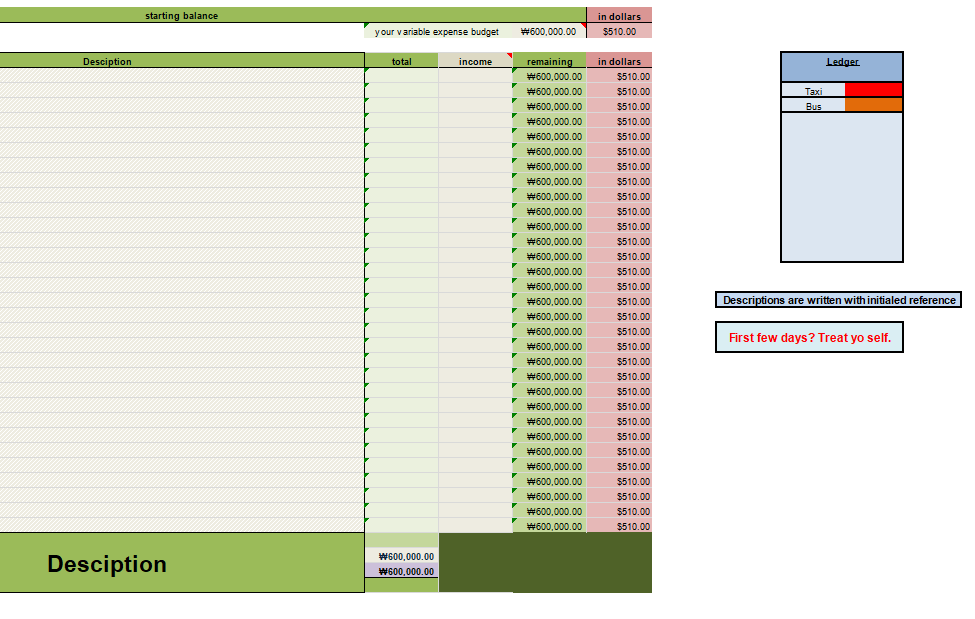







![Priority_seats_Seoul_Metro_3000 hyolee2 [CC BY-SA 3.0 (https://creativecommons.org/licenses/by-sa/3.0)]](https://mindfulbantertravel.files.wordpress.com/2019/02/priority_seats_seoul_metro_3000.jpg?w=400&resize=400%2C400#038;h=400&crop=1)

